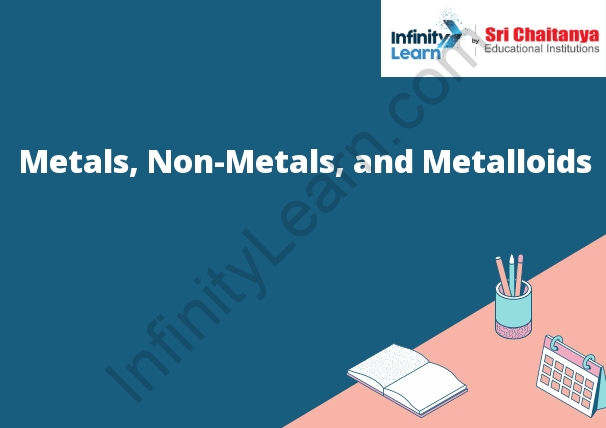Table of Contents
Elements and Their Classifications ; Ductility
Some elements are classified as ductile metals. This means that they are able to be drawn into thin wires without breaking. Gold, silver, and copper are all examples of ductile metals.

Organization of the Elements
The organization of the elements is based on the number of protons in the nucleus of the atom. The number of protons in an atom’s nucleus determines which element it is. The first row of the periodic table is made up of the lightest elements. These elements have one proton in their nucleus. The second row of the table is made up of elements with two protons in their nucleus. The third row of the table is made up of elements with three protons in their nucleus, and so on.
Elements and Classification
There are 118 elements in the periodic table, and each is classified according to its physical and chemical properties. For example, the element oxygen is a gas that supports combustion, while the element gold is a solid that does not react with other elements.
Metals – What are Metals?
Metals are a class of elements found on the periodic table. They are all solid at room temperature and have a shiny appearance. Metals are good conductors of electricity and heat.
Metals Definition
Metals are a type of elements on the periodic table. They are characterized by their shiny appearance, high melting points, and good conductivity of heat and electricity. Metals are found in nature in the form of minerals and ores. They are extracted from the earth through mining and refining.
The Reactivity Series
The reactivity series is a list of metals in order of reactivity from most to least reactive. The reactivity series is based on the ability of metals to lose electrons to form ions. The metal with the lowest reactivity is at the top of the list and the metal with the highest reactivity is at the bottom of the list.
The reactivity series is as follows:
1. Lithium
2. Sodium
3. Potassium
4. Rubidium
5. Cesium
6. Francium
7. Lithium
8. Sodium
9. Potassium
10. Rubidium
11. Cesium
12. Francium
Non-Metals – What are Nonmetals?
Nonmetals are elements that are not considered to be metals. They are located on the right-most side of the periodic table and are typically poor conductors of electricity and heat. The most common nonmetals are carbon, nitrogen, oxygen, and fluorine.
Nonmetals Definition
Nonmetals are elements that do not have metallic properties. They are typically poor conductors of electricity and heat, and they are usually brittle and non-malleable. The most common nonmetals are carbon, nitrogen, oxygen, and sulfur.
Metalloids – What are Metalloids?
Metalloids are a group of elements that have some properties of metals and some properties of nonmetals. They are found on the periodic table in the middle, between the metals and the nonmetals.
Metalloids Definition
A metalloid is an element that has some of the physical and chemical properties of metals and some of the properties of nonmetals.
Comparative Study of Metals, Nonmetals, and Metalloids
Metals are elements that are shiny and have a good conductivity of electricity. They are good at making things that are strong and durable. Nonmetals are elements that are not shiny and do not have a good conductivity of electricity. They are not good at making things that are strong and durable. Metalloids are elements that have some properties of metals and some properties of nonmetals.
Blocks
Blocks are the fundamental building blocks of the world in Minecraft.
There are several different types of blocks, but the most common are:
Blocks are used to build structures and are essential for the game.
Conductivity
The ability of a material to allow electricity to flow through it is called its conductivity. The higher the conductivity of a material, the easier it is for electricity to flow through it. Materials that are good conductors of electricity include metals such as copper and aluminum, and certain liquids and gases such as water and mercury. Materials that are poor conductors of electricity include most plastics and wood.
Malleability
Bitcoin is a digital asset with the characteristics of being able to be copied and divided into smaller units.
Bitcoin is a digital asset with the characteristics of being able to be copied and divided into smaller units. This makes it possible to transfer value quickly and easily between individuals and businesses. It also makes it possible for Bitcoin to be used as a payment system.
Are Metalloids Essential for Life?
There is no definitive answer to this question as some scientists believe that metalloids are essential for life while others believe they are not. What is known, however, is that metalloids are necessary for the proper functioning of certain enzymes in the body.







